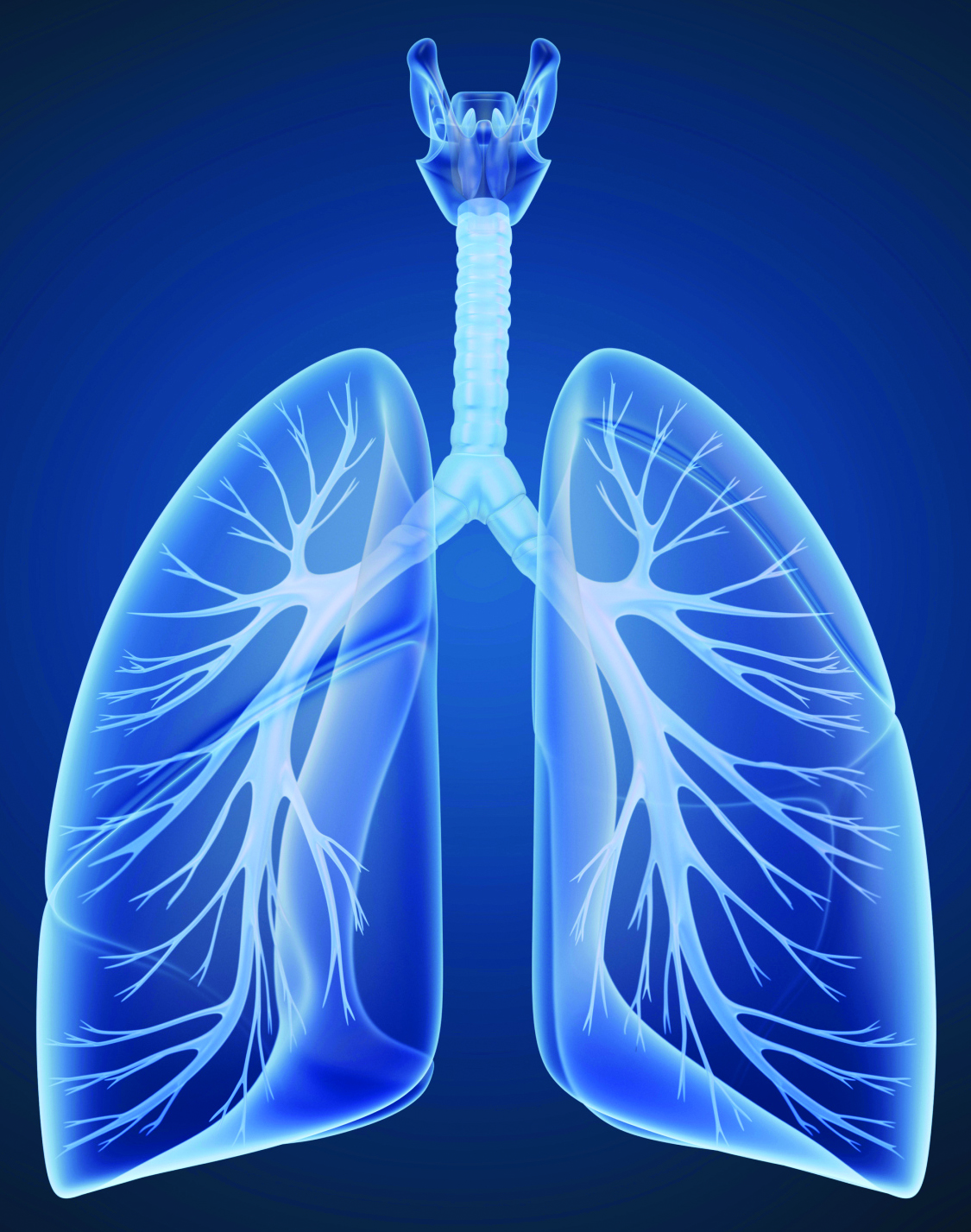
University of Virginia Health System has been performing lung transplants since 1990 and now averages approximately 20 per year. Because of the many factors that must be aligned to secure a donor lung, the complexity of these procedures extends far beyond the operating room. One significant hurdle is organ availability.
Only around 15 percent of lungs donated are actually viable for transplant, according to University of Virginia thoracic and cardiovascular surgeon Christine Lau, MD. “The lung is extremely vulnerable to injury and infection, and lungs deteriorate rapidly outside of the body, so there’s a tight window for transplant,” she says.
In an effort to make more lungs available to more patients, UVA researchers recently received a grant from the National Institutes of Health for a study evaluating the use of adenosine as an anti-inflammatory drug combined with ex vivo lung perfusion. The researchers hope that this combination will optimize function of the donor lung and reduce the risk of early graft dysfunction after transplant.
“What we’re hoping is to eventually be able to take lungs that are more marginal and rehabilitate them,” says Lau. While still in its infancy, if the study proves successful, it will mean more successful transplants, especially for those patients in urgent need of a lung like the case featured below.
Case Study
Emergent Bilateral Lung Transplant
Patient: 37-year-old female with Cystic Fibrosis
Diagnosis: The patient was admitted to the UVA MICU for a lung infection that developed into septic shock. She began experiencing multiorgan failure and her physician, pulmonologist Max Weder, MD, categorized her condition as critical. “We believed death was imminent,” he says.
Treatment: Dr. Weder treated the patient with a combination of very broad- spectrum antibiotics, which began to control the infection. However, a lung transplant was the only option to ensure long-term survival. “Our goal was to get her to a state in which she could have success with the transplant,” says Weder. “We cannot transplant if there is an active systemic infection. You also need to be able to ensure that the patient’s body is strong enough to handle the transplant and the aftermath.”
The patient underwent early tracheostomy to establish a secure airway in order to facilitate physical therapy on the ventilator, and a feeding tube was inserted to promote adequate nutrition. Eventually, the patient’s overall status had improved to the point that she could be activated on the transplant wait list. Fortunately, donor lungs became available in less than one week. Because of her age, her health status and other factors, the patient had a high priority ranking on transplant wait list. UVA surgeons flew to a regional hospital to retrieve the donor lungs, and surgeon Christine Lau, MD, performed the transplant procedure.
Transplant Procedure: Dr. Lau made a large incision underneath both breasts and opened the chest to remove the lungs. “There was a lot of scarring within the chest cavity due to previous infections and a lot of lung secretions, so removing the lungs was a challenge,” says Lau. “Her vital signs went into distress, so she had to go on the heart-lung machine pretty quickly.”
Due to the favorable condition of the donor lungs, insertion of the new lungs went smoothly. Still, the entire procedure lasted approximately 10 hours, which is longer than most, due to the scarring present.
Recovery: The patient was removed from the ventilator on the first day after surgery. Chest tubes inserted to drain fluid from around the lungs were removed gradually over the next week and a half. The patient worked with a respiratory therapist, physical therapist and nutritionist to regain normal function, and she was counseled by Dr. Weder’s team on the prescribed medications and precautionary measures necessary when living with a compromised immune system.
Outcome: The patient is no longer on oxygen and has resumed an almost normal life as a mother of two young children. “This was a pretty exceptional case,” says Weder. “From being basically at risk for death to walking out of the hospital without oxygen, it was truly unique. Our efforts to get her ready for transplant and to transplant her successfully are a great example of how our ICU and transplant teams can work well together in very tough cases such as this one.”